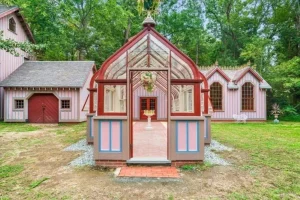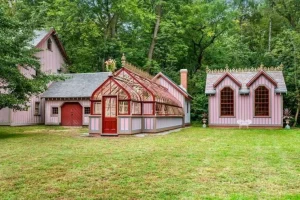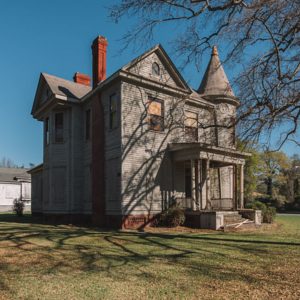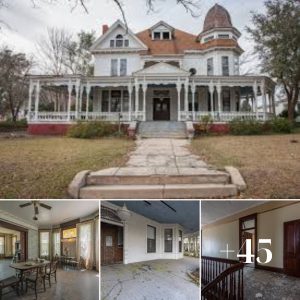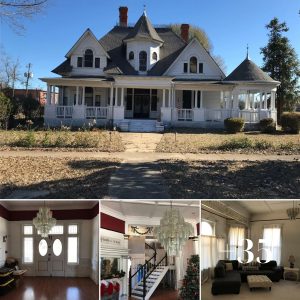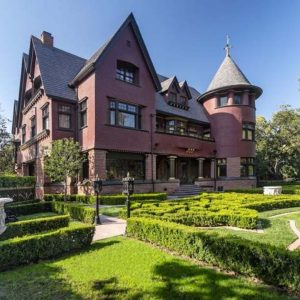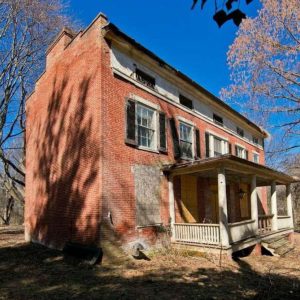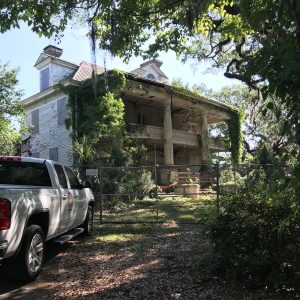A Domed Octagonal Victorian With Egyptian Room – One of the Most Visually Unique Homes in The World!
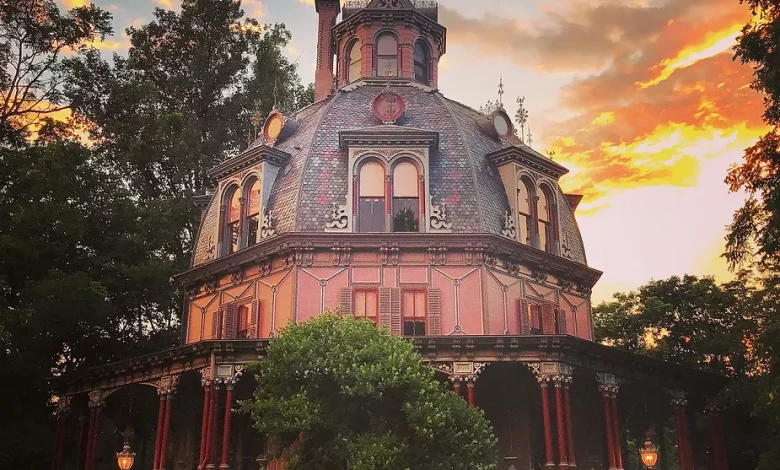
The Armour-Stiner (Octagon) House is one of the most visually unique homes in the world. It is the only known, fully domed octagonal residence and the only house which replicates Donato Bramante’s 1502 Tempietto in Rome. The elegantly proportioned Tempietto was built in the form of a Tholos, an ancient classical temple, which complimented America’s third quarter of the 19th century fascination with classical forms.

In 19th century America, octagonal houses were a popular mode of construction following the publication of a book, The Octagon House, A Home for All,by Orson Squire Fowler, a phrenologist, sexologist and amateur architect. In 1872, an earlier and more simpler house was purchased by Joseph Stiner, a prominent New York City tea merchant. His alterations created the present lyrical structure. With plans to use the house as a summer retreat, Stiner added the dome and the verandah to create a classical, elaborately detailed ancient temple whimsically colored, detailed and decorated so as to amuse its viewers.
Subsequent owners of the house have been imaginative men. In the 1930s it was occupied by Aleko Lilius, a Finnish writer and explorer who had lived with a female pirate who had plundered ships off the coast of China. One of the most celebrated occupants was Carl Carmer, the author, poet and historian. Carmer resided in the house from 1940 to the time of his death in 1976. His legacy includes tales of a resident ghost. The house plays a role in a number of his published tales.
Shortly after the death of Carl Carmer, the house was acquired by National Trust for Historic Preservation. In need of stabilization and conservation, it was the first house to be acquired by the National Trust and resold, in 1978, to a private citizen.Joseph Pell Lombardi, the owner, is a preservation architect specializing in conservation, restoration and historic preservation throughout the world. Under the direction of Lombardi’s son, Michael Hall Lombardi has managed, researched and performed restoration work throughout the house, including the Egyptian Revival Room, Basement, Kitchen, Greenhouse & Studio and much of the decorative surfaces.
The house and grounds have been restored to their 1872 appearance. The interior of the house, its decoration and its 1870s furnishings are the best display in the country of the American neo-Roman style, popular for a brief period in the third quarter of the 19th century. Under the guidance of Michael Hall Lombardi, the only domestic Egyptian Revival room still in existence with its original 19th century furnishings and decoration has been reinstated. The house has been the subject of numerous articles and awards. Since 2012, it has been featured in a full length book by Joseph Pell Lombardi available on his website josephpelllombardi.com. Photos and Text provided by armourstiner. com
Entry & Staircase


The Salon
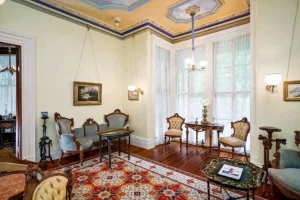

Dining Room & Kitchen
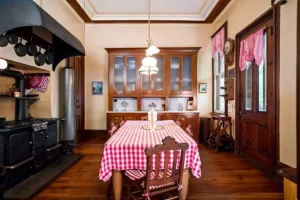
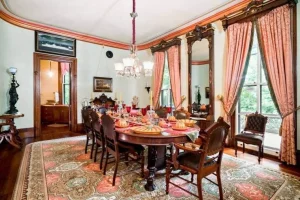
Bathroom

Egyptian Room

Staircase Landing

Sitting Room

Bedroom
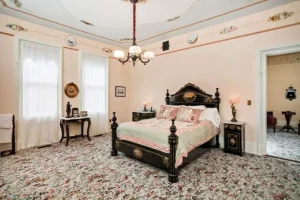
Cupola

Dance Room with View
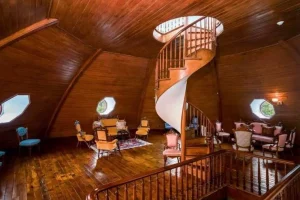
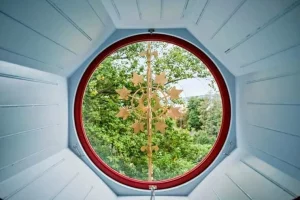
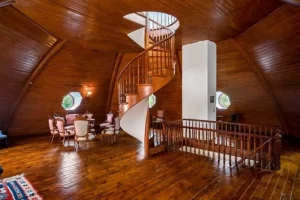
Porch & Grounds:
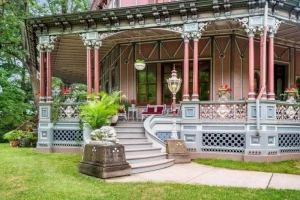
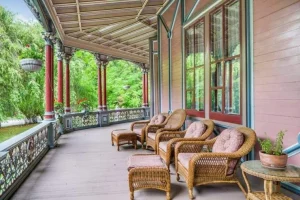
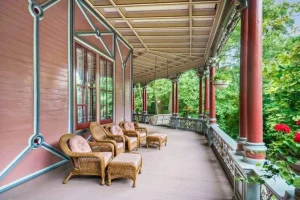

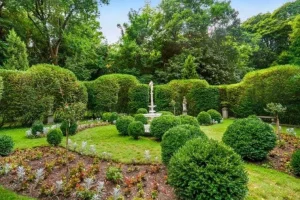
Greenhouse
